Ethiopia is the second-most populous country in Africa after Nigeria. According to the World Bank, it had a population of around 117 million by 2017. By 2020, around 40% of its population was under 15 years of age. This makes the education infrastructure in the country extremely important.
Ethiopian children have lacked access to primary education in the past. Over the years, the statistics on this have varied. They were well off in the early 2000s, but a decline has been observed along with the impacts of the global pandemic.
It is also on the list of the United Nations’ least developed countries (LDCs), ranked 175th among 191 countries by the United Nations Development Program’s Human Development Report by late 2022.
This article aims to provide a detailed set of statistics and a comparative analysis of education in the country.
Key Education Statistics for Ethiopia
- According to Country Meters and based on data from the UNESCO Institute for Statistics from 2016:
- 31,370,865 Ethiopian adults are literate. This is almost 48.93% of the adult population, including individuals aged 15 years or above. This would mean around half of Ethiopian adults are illiterate.
- 71.13% of Ethiopia’s male youth is literate. 67.81% of young females are also considered literate. The combined literacy rate of Ethiopian youth was recorded as 69.48%.
- 41.09% of the adult female population in Ethiopia is literate.
- According to UNICEF, the net enrollment rate of primary school children in Ethiopia almost tripled between 2000 and 2016.
- According to data from the Tanzania Education Bureau, the Gross Enrollment Ratio in Ethiopia’s Tigray region went down by about 65% between 2020 and 2021.
- According to a post by GEM Report published by UNICEF in September 2022, Ethiopia is ranked among the top five countries with the most non-school-going children.
- The Ministry of Education in Ethiopia presented the Education Statistics Annual Abstract covering September 2019 to March 2020 in December 2020. According to data in the report, the most educated regions in the country include Addis Ababa and Gambelia.
- According to the same source, around 45.4% of children were enrolled in primary education classes. This is an increase of 4.7% from 40.7% in 2018-2019.
What is the Literacy Rate in Ethiopia?
Source: UNESCO
According to the World Bank, the definition of literacy rate is the ability to read and write. This includes the understanding of simple statements used in daily life.
Country Metres is a website that collects real-time information about the demographics of many countries, Ethiopia being one of them. The statistics they provide are either live or updated periodically.
Based on their latest estimates by 2022 and in line with data from the UNESCO Institute for Statistics, 31,370,865 Ethiopian adults are literate. This is around 48.93% of the adult population.
However, over 32.7 million adults are illiterate. Among the adult male population, 57.21% are literate.
Knoema is an Eldridge business platform that provides various statistics from credible sources. They present and effectively analyze data, providing insights into the subject.
According to Knoema, in 2017, 51.8% of the Ethiopian adult population was literate. This figure, however, has varied in recent years.
How Does the Ethiopian Education System Work?
According to the World Education News and Reviews, Ethiopia’s education system involves eight years of primary and four years of secondary education. Both of these stages are further divided into sub-stages. Tertiary or vocational education comes after completing the upper secondary level.
1. Pre-Primary
Unlike higher studies, kindergarten education is generally not provided by official public institutes and may extend up to one year. It is not mandatory.
2. Elementary
This level is mandatory and free according to national policy. However, this policy has not resulted in anywhere near universal participation in education by children. It is divided into the following stages:
- 1st Cycle: Grades 1-4
- 2nd Cycle: Grades 5-8
3. Secondary
Both of the following parts of this stage of education are two years long.
General Secondary
This level is free in public institutions as well.
Upper Secondary
If students pass the final exams at the end of the general secondary phase, they can attend upper secondary classes. This serves as the gateway to tertiary education in the country.
4. Vocational or University Education
If students pass their general secondary exams, they can graduate into tertiary stages by either:
- Enrolling in vocational education, which may last for 3-4 years or
- Enrolling in upper secondary classes in preparation for university education which includes the usual bachelor’s and master’s programs.
How Many Children Go to School in Ethiopia?
Source: UNESCO
According to CountryMeter and based on data by UNICEF, by 2016, 71.13% of the male and 67.81% of female youth in Ethiopia were literate.
According to estimates, the combined literacy rate of Ethiopian youth stood at 69.48% by this time.
To take a look at how the situation may have changed in the following years up to 2020, we can refer to the following data from the Education Statistics Annual Abstract September 2019-March 2020 from the Ethiopia Ministry of Education published in December 2020.
The following chart examines the AIR and NIR for primary education.
Source: Ethiopia Ministry of Education
Apparent Intake Rate (AIR) is the percentage of new entrants (irrespective of age) compared to the population of children of the official age. It provides a rate of the number of enrolled students who are under or over the official school admission age.
Net Intake Rate is a similar indicator to AIR, but it only looks at children of the correct age to enter.
The data in the chart above suggests that most regions have enough resources to accommodate the population of students at hand. However, high AIR levels may also indicate inaccurate age determination or reporting. Some regions, like Somali, Afar and Addis Ababa, show low AIRs and NIRs. This may indicate that the number of enrolled students should be improved.
The following chart depicts the GERs and NERs for different regions at the secondary level of education.
Source: Ethiopia Ministry of Education
The data shows that most regions were far below the ideal metrics of GERs above 100% and NERs close to 100%. The only region that comes close to meeting the standard is Addis Ababa. This indicates that a large proportion of the student population does not pursue further education after completing the mandatory initial eight-year elementary stage. This is notwithstanding that the next stage of their education is also free.
Furthermore, an article published on Statista in October 2022 states that in 2020, the number of out-of-school children decreased by 118,989.
According to an article by the GEM Report published in September 2022 by UNESCO, almost 10 million students are not given educational opportunities that they could gain by attending school.
Similarly, according to Ethiopia Insight and data from the Tigray Education Bureau, almost 1.4 million students in general education were out of school in Tanzania by 2021. The GER for primary schools declined from 85.5% in 2020 to 20.8% in 2021. This is linked with the political violence at play in various parts of Ethiopia, including Tigray.
According to the GEM Report post mentioned above, Ethiopia is ranked among the top five countries with the most non-school-going children by late 2022.
The State of Female Education in Ethiopia
According to the latest estimates by CountryMeter, up to November 2022, 41.09% of the adult female population is literate. This makes over half of the Ethiopian adult female population illiterate.
The following data from the ESA Report shows the Gender Parity Indices or GPIs for different levels of education up to the 2019-2020 academic year.
GPIs are the ratio of female to male values of a given indicator. For example, GPI in GER can be defined as the female gross enrolment ratio divided by the male gross enrolment ratio for the given education level.
When there is absolute equity between both genders, the GPI is 1. In contrast, it is close to 0 when the disparity is high.
Grade 1-8 or Elementary Education:
- 2019/2020 – 0.91
- 2013/ 2014 – 0.93
Source: Ethiopia Ministry of Education
The data shows that most regions of the country may have more boys than girls in the elementary education stage.
Grade 9-12 or Secondary Education:
- 2019/2020 – 0.87
- 2013/ 2014 – 0.91
Source: Ethiopia Ministry of Education
Similarly, the data for secondary education also shows that most regions have a higher proportion of boys than girls.
According to UNICEF’s November 2018 Fact Sheet for Girls’ Education, the primary school enrollment rate in Ethiopia increased from 51% (in 2003/04) to 95% (in 2016/17). However, based on estimates, only 53% can complete their primary education. Out of the total number of girls of secondary school age, only 25% attend. Furthermore, only a shocking 10% enroll in college.
Malala Fund released a report on 6th April 2020. Its theme was girls’ education and the impacts of the global pandemic. It states that the average elementary school enrolment rate increased to 86% in 2017 (from 29% in 1989). Moreover, it also explains the reasons for the educational disparity between girls and boys. Many girls are subject to child marriages and child labor. Gender-based violence is also a major contributor to gender disparity in education.
Which Parts of Ethiopia are the Most and Least Educated?
According to the ESA Report mentioned above, the following chart shows metrics that indicate the level of enrollment in elementary schools across different regions of the country by the academic year 2019/2020.
Source: Ethiopia Ministry of Education
After completing their elementary education, students may pursue their education further in secondary schools. The following graph shows the relative number of such schools across the country.
Source: Ethiopia Ministry of Education
The chart below elaborates on the level of enrollment in these schools across the country.
Source: Ethiopia Ministry of Education
For further data on the subject, the following list lays out statistics relevant to the state of literacy in different parts of Ethiopia.
1. Afar
A report published on Springer Link, a website that gives researchers access to scientific data, provides detailed insights into education and life skills for Ethiopian children in Afar. This is based on the perspective of pastoralists, nomadic people that rely on animal husbandry.
The net enrollment rate in 2018 for primary education in Afar was 45.9%. However, the primary education dropout rate was 19.3%.
According to UNICEF, in April 2022, the enrollment rates in Afar were not promising. The net enrollment rate for pre-primary education was only 5.8% which is extremely low in comparison to other regions.
The enrollment rate for primary education was 46% which was still much better. Lastly, the enrollment rate for secondary school education was only 2%.
The reason for such low enrollment rates is the rise of a new conflict in the Kiribati zone since mid-January 2022. Again, this has displaced tens of thousands of people and limited students’ access to school. However, one must not ignore the progress that UNICEF made in 2021. They have provided around 46,000 students with educational support through various initiatives and support programs.
According to the Education Statistics Annual Abstract, from September 2019- March 2020, Afar had a pre-primary net enrollment rate of only 18.3%
2. Somali
Pre-primary
According to the same source, Somali had a pre-primary net enrollment rate of only 7.4%.
Primary
The net enrollment rate in 2018 for primary education for Somali was 66.4%. The primary education dropout rate was 22%.
K-12
In April 2022, UNICEF also presented a general overview showcasing statistics on different sectors in Somali. Here are some of their key findings:
- The net enrollment rate among kindergarten students was 1.7%.
- The net enrollment rate among primary school students was 84%.
- The net enrollment rate among upper elementary students (grades 5 to 8) was 29.6%.
- The net enrollment rate among higher secondary schools (grades 11 to 12) was 4%.
- The gender parity index for grades 1-8 was 0.75%.
3. Oromia
K-12
UNICEF also provides data on education in Oromia. Here are some of their key findings:
- The net enrollment rate for children of pre-primary ages was 16.4%.
- The net enrollment rate for primary schools was 98%.
- The net enrollment rate for lower secondary schools (Grades 9 and 10) was 19%.
- The net enrollment rate for upper secondary schools (Grades 11 and 12) was 3%.
Among UNICEF’s achievements in the region in 2021 is that they successfully provided educational support to 212,000 children. Furthermore, their targets for 2022 include 600,000 children with educational support through rigorous startups and educational initiatives.
4. Tigray
On 14th August 2022, Ethiopian Insight released an article on students’ learning in Tigray. According to the article, around 1.39 million students were out of school in general education, i.e. from pre-primary to secondary education. This state was, unfortunately, the result of the conflict in the North Ethiopian region that caused damage to several schools. This includes the killing of teachers and looting of their educational institutions.
According to the Education Statistics Annual Abstract, from September 2019- March 2020, Tigray had a pre-primary net enrollment rate of 74.1%.
In conclusion, Addis Ababa and Gambelia stand out in terms of enrollment on the primary and secondary levels. On the other hand, Afar struggles to keep up with the other regions.
What are the Biggest Issues in the Ethiopian Education System?
1. Political Violence
According to an article by the GEM Report published by UNESCO, conflicts between the government and Tigrayan forces have prevented stability in educational programs since 2020. This came with the cost of the lives of many Ethiopian people. Parents are, therefore, hesitant to send their children to schools. WHO officials name this ongoing crisis, ‘the worst humanitarian crisis in the world.’
In addition to physical damage, many teachers have been killed in these skirmishes. Eventually, these changes led to a decline in primary school enrollment rates from 90% in 2020 to a staggering 21% in 2021.
2. Gender Disparity
As reported by UNICEF in November 2018, boys’ education takes precedence over that of girls in Ethiopia. Investments are only made to improve boys’ education, whereas girls suffer the brunt of poverty, early marriages, and child labor.
On 28th February 2022, UNICEF presented a report on the challenges they are trying to overcome when sending children back to school.
As mentioned previously, the conflicts in Northern Europe have caused damage to almost 6000 schools. They have also been looted, which is a violation of children’s rights. These acts have resulted in almost 2.8 million students missing school in Tigray, Amhara, and Afar.
3. Lack of Qualified Personnel and Resources
In another report, UNICEF mentions that despite some students being able to attend school, they are unable to acquire any basic skills. Most teachers are unskilled and not proficient in literacy and numeracy. Moreover, the curriculum tends to be entirely irrelevant, wasting time rather than the students gaining helpful knowledge. Learning materials and resources need to be more abundant, which hinders children from learning anything worthwhile.
The following chart shows the ratio of students to textbooks in different regions of the country. The higher the ratio, the more deprived students are likely to be regarding textbooks’ availability.
Source: Ethiopia Ministry of Education
Conclusion
Ethiopia is currently suffering in terms of providing educational facilities to its population. A vast majority of people still do not have access to education due to the lack of institutions in their regions, especially in rural areas.
Moreover, despite many regions having a high enrollment rate in primary education courses, the drop rate also tends to be significant. The reasons for this include the uncertain security situation, such as the conflict in Tigray (Northern Ethiopia). During these skirmishes, school property is subject to damage and thievery. Similarly, many of the school instructors are not proficient in literacy and numeracy concepts, hindering them from imparting quality education to their students.
Gender bias is prevalent in the Ethiopian education system. The education of boys may take precedence over that of girls when it comes to investment or quality of education.
Addis Ababa and Gambelia stand out in terms of enrollment across the two academic levels. Afar and Somali suffer at both levels.
Besides other organizations, UNICEF is working to increase the percentage of children with access to educational support programs, and their results have always been promising.
![Education Statistics for Ethiopia [100% Updated] 1 Education Statistics for Ethiopia](https://zoets.b-cdn.net/wp-content/uploads/2023/04/Education-Statistics-for-Ethiopia-scaled-e1682096692705.jpg)
![Education Statistics for Ethiopia [100% Updated] 2 What is the Literacy Rate in Ethiopia](https://zoets.b-cdn.net/wp-content/uploads/2023/04/What-is-the-Literacy-Rate-in-Ethiopia.jpg)
![Education Statistics for Ethiopia [100% Updated] 3 How Does the Ethiopian Education System Work](https://zoets.b-cdn.net/wp-content/uploads/2023/04/How-Does-the-Ethiopian-Education-System-Work.jpg)
![Education Statistics for Ethiopia [100% Updated] 4 How Many Children Go to School in Ethiopia](https://zoets.b-cdn.net/wp-content/uploads/2023/04/How-Many-Children-Go-to-School-in-Ethiopia.jpg)
![Education Statistics for Ethiopia [100% Updated] 5 AIR and NIR for primary education](https://zoets.b-cdn.net/wp-content/uploads/2023/04/AIR-and-NIR-for-primary-education.jpg)
![Education Statistics for Ethiopia [100% Updated] 6 GERs and NERs at the secondary level in tanzania](https://zoets.b-cdn.net/wp-content/uploads/2023/04/GERs-and-NERs-at-the-secondary-level-in-tanzania.jpg)
![Education Statistics for Ethiopia [100% Updated] 7 The State of Female Education in Ethiopia](https://zoets.b-cdn.net/wp-content/uploads/2023/04/The-State-of-Female-Education-in-Ethiopia.jpg)
![Education Statistics for Ethiopia [100% Updated] 8 gender parity index tanzania](https://zoets.b-cdn.net/wp-content/uploads/2023/04/gender-parity-index-tanzania.jpg)
![Education Statistics for Ethiopia [100% Updated] 9 GPI for secondary school tanzania](https://zoets.b-cdn.net/wp-content/uploads/2023/04/GPI-for-secondary-school-tanzania.jpg)
![Education Statistics for Ethiopia [100% Updated] 10 Which Parts of Ethiopia are the Most and Least Educated](https://zoets.b-cdn.net/wp-content/uploads/2023/04/Which-Parts-of-Ethiopia-are-the-Most-and-Least-Educated.jpg)
![Education Statistics for Ethiopia [100% Updated] 11 Number of secondary schools tanzania](https://zoets.b-cdn.net/wp-content/uploads/2023/04/Number-of-secondary-schools-tanzania.jpg)
![Education Statistics for Ethiopia [100% Updated] 12 GERs and NERs at the secondary level in tanzania](https://zoets.b-cdn.net/wp-content/uploads/2023/04/GERs-and-NERs-at-the-secondary-level-in-tanzania-1.jpg)
![Education Statistics for Ethiopia [100% Updated] 13 Lack of Qualified Personnel and Resources tanzania](https://zoets.b-cdn.net/wp-content/uploads/2023/04/Lack-of-Qualified-Personnel-and-Resources-tanzania.jpg)

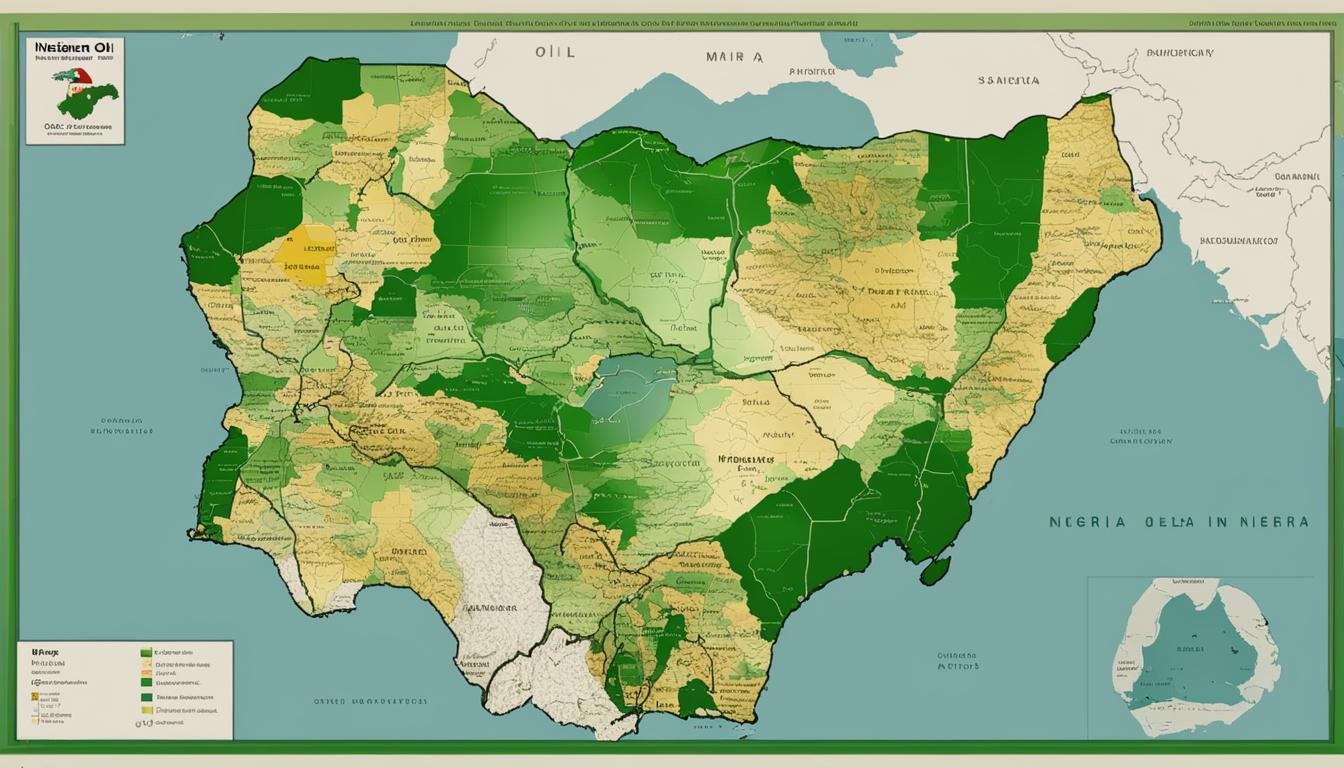
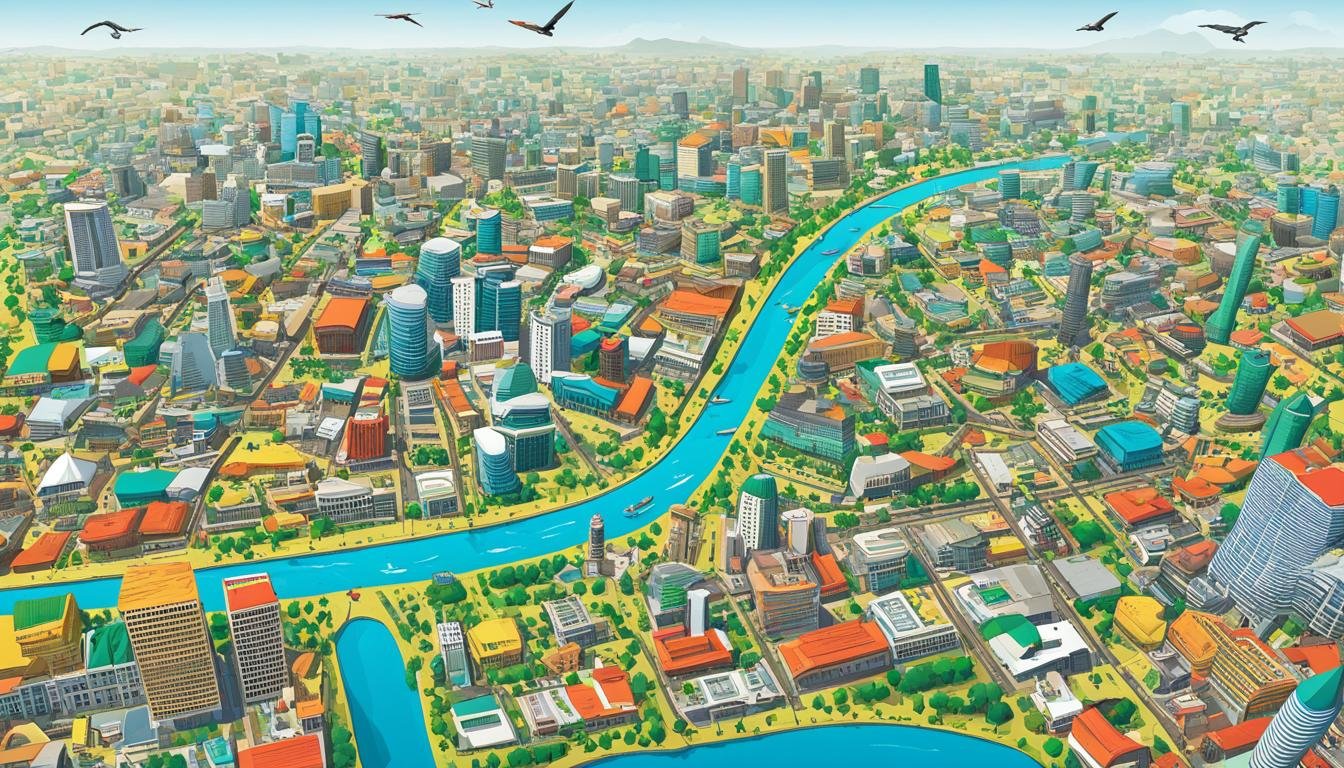


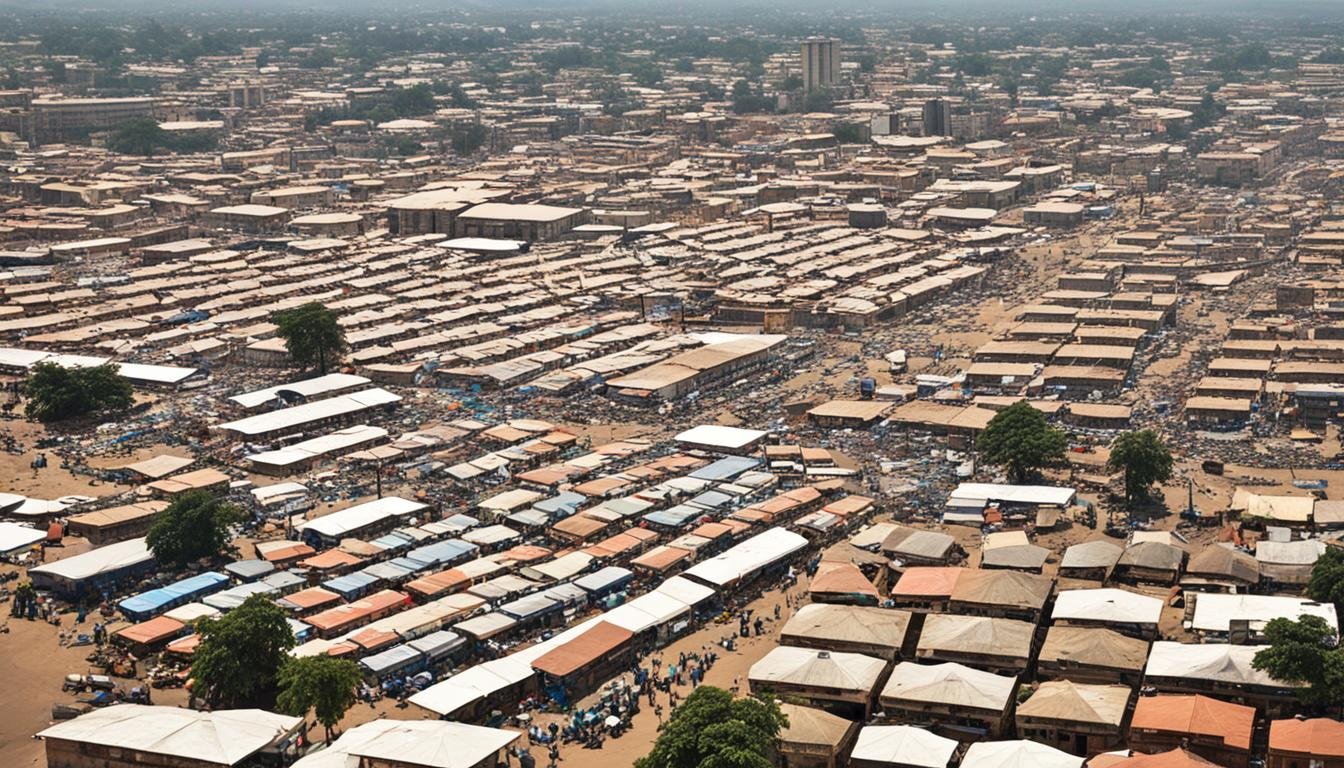
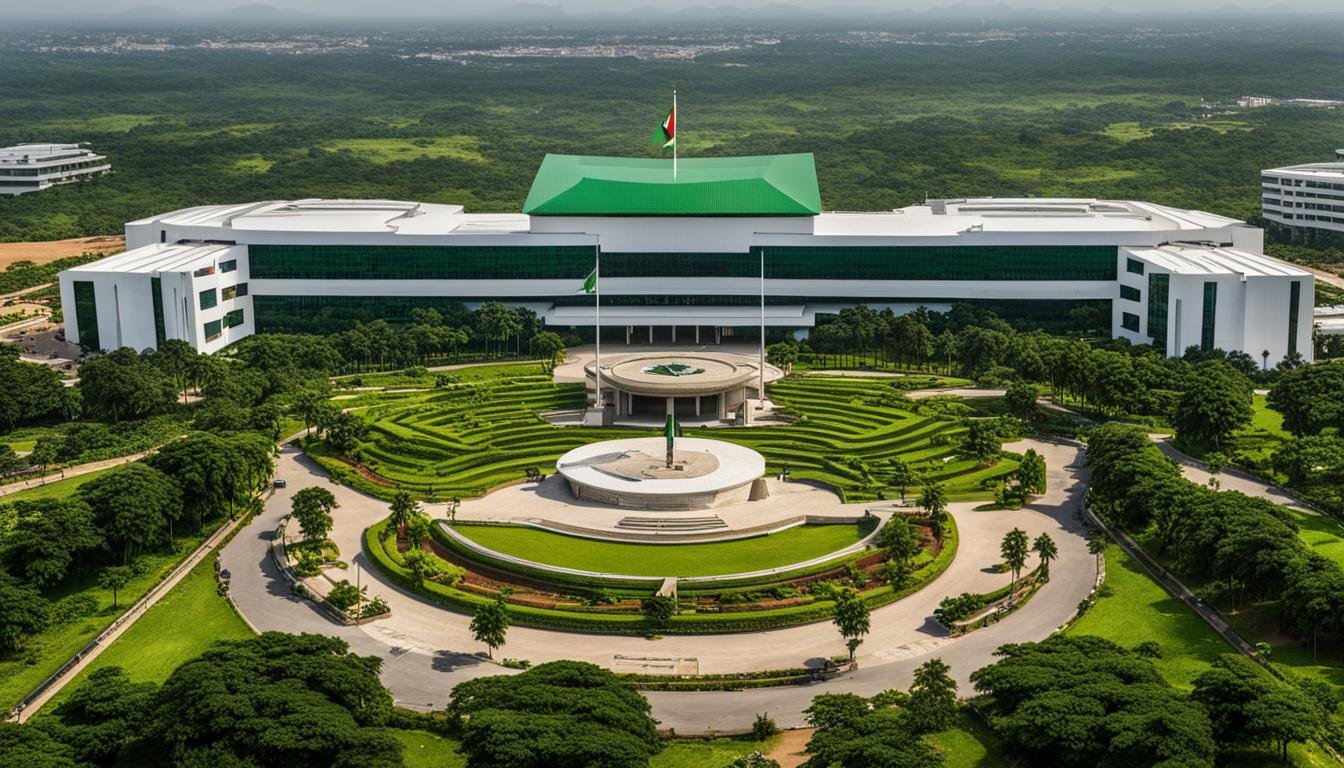
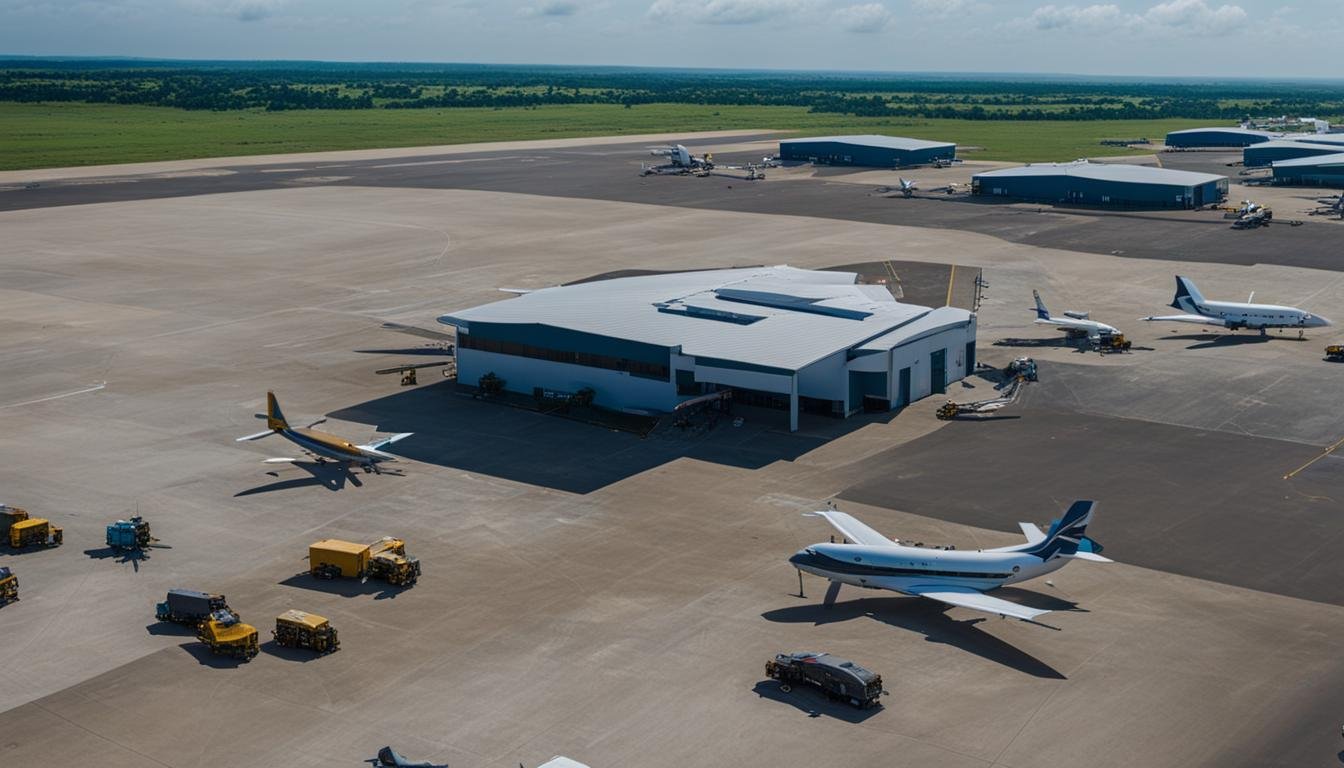
![Education and Skills Gap Statistics in the US [3 FAQs] 22 Education and Skills Gap Statistics in the US](https://zoets.b-cdn.net/wp-content/uploads/2024/01/pexels-kai-pilger-414530-scaled-e1704203026801.jpg)